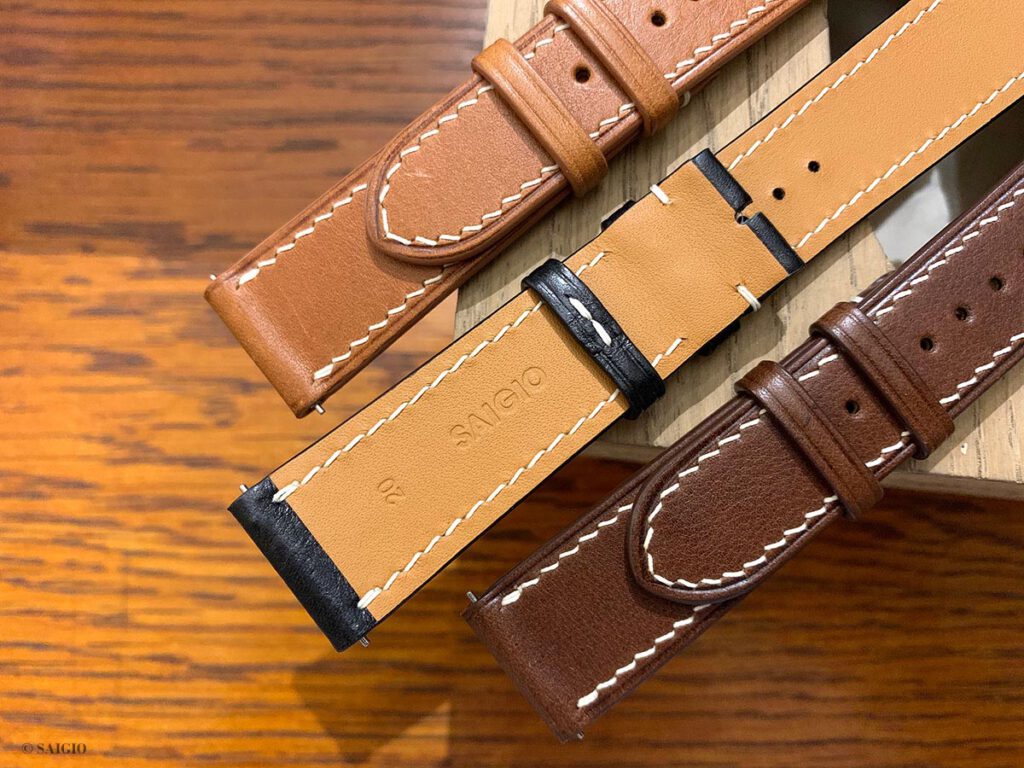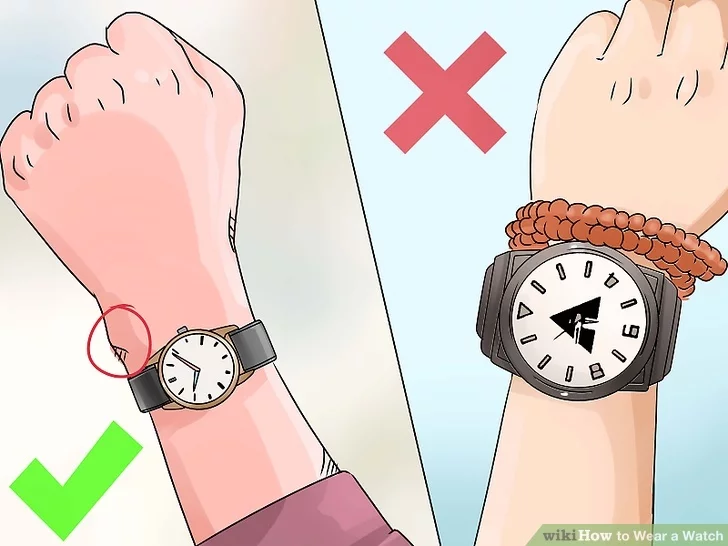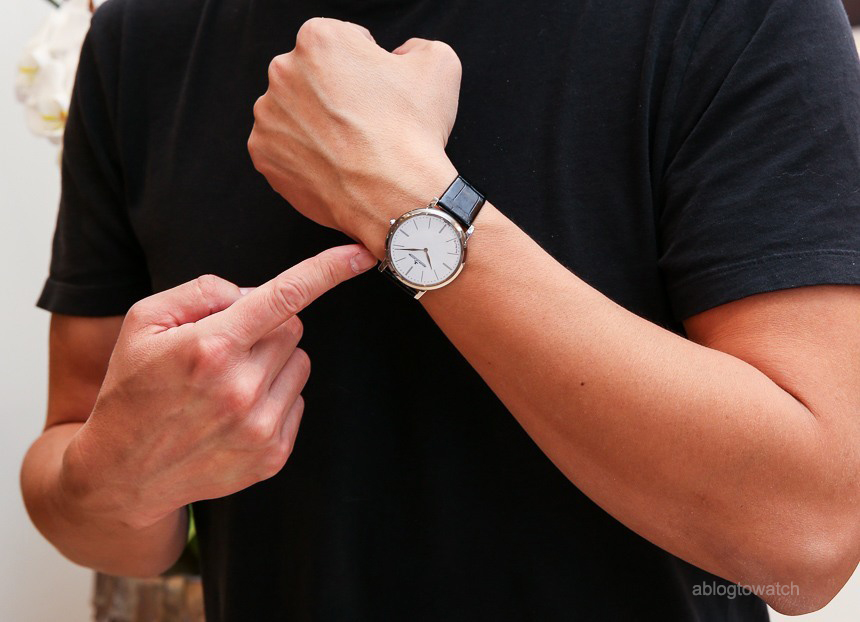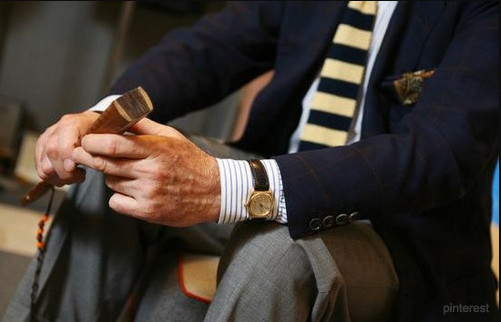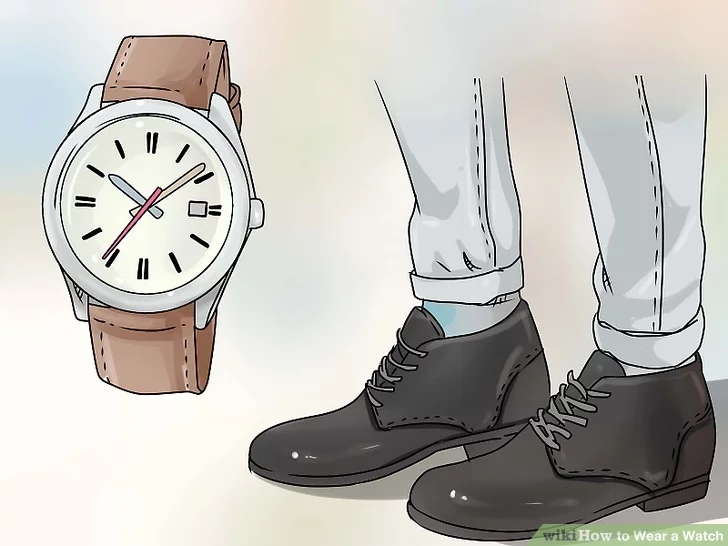Wearing a watch correctly will help you easily coordinate with your outfit as well as project a professional image to others.
When intending to buy a new watch, we usually research a lot of information and consider many factors such as brand, style, strap material, price… Among these, most of us focus on price and style. But there is one important factor that is often overlooked: wearing a watch correctly. If you are completely unaware or still uncertain about this, then the information below will help you.
What Does a Properly Fitting Watch Look Like?
To determine if a watch’s size is suitable for your wrist, you can assess it by looking for signs when wearing it. If your skin shows impressions, it indicates that the watch is too tight, whereas if there is a gap allowing a finger to slip between the strap, the watch is too loose.
A watch that’s too tight will leave marks on your skin
A properly fitting watch is one that stays in place with just enough slack to provide comfort to your wrist. If you find that the watch strap is too loose or too tight when worn, you can bring it to watch stores for adjustments if it’s a metal bracelet, or punch extra holes if it’s a leather strap. And if you’re not satisfied with the current strap, you can easily replace it with a new one. SAIGIO offers many collections of genuine leather watch straps in various types and sizes for both men and women; check out the straps here.
Classic Leather Watch Strap Collection at SAIGIO
The ideal position for wearing a watch is with the strap fitting snugly right next to the radial bone (the protruding bone near the wrist). Wearing it above or below this point may cause discomfort. However, it is not easy to determine the appropriate strap size for your wrist without trying it on in person. Therefore, contact professional watch strap retailers for advice before deciding to purchase a new watch or strap.
The optimal watch-wearing position is just below the radial bone
Wearing a Watch on the Left or Right Wrist?
Typically, we wear our watches on the wrist opposite our dominant hand. Since most of us are right-handed, the watch is worn on the left wrist. Consequently, watch brands design the shape, wearing position, time display, and adjustments to suit a leftward orientation. This is why the crown is usually placed on the right side of the watch face. However, this does not mean that left-handed individuals cannot wear a watch, as there are still some “timepieces” designed to suit their wrist.
The time adjustment crown is typically set on the right side of the watch face
Should You Wear Your Watch Under or Over the Sleeve?
When you stand with your arms hanging naturally, your sleeve usually covers the watch. However, when you cross your arms or move them during everyday activities, the watch will no longer be concealed. Since we tend to use our arms actively rather than keep them still, you should not wear your watch over the sleeve. This can easily lead to entanglement and detract from the overall aesthetic of your outfit.
You should not wear your watch over the sleeve
When Should You Wear a Watch?
It is a mistake to set strict rules on when to wear a watch because you may need to check the time at any moment during the day. Moreover, watches have long been an important fashion accessory for many people. Therefore, you can wear your watch whenever you like, but be sure to choose a style that complements your outfit or suits the occasion. A watch meant for parties or events will have a different style compared to one for a casual outing or sports activity.
Choose a watch that complements your outfit when going out
The above are not strict rules on how to wear a watch. However, the information provided offers some essential tips for those who are either planning to wear a watch or are new to it.


